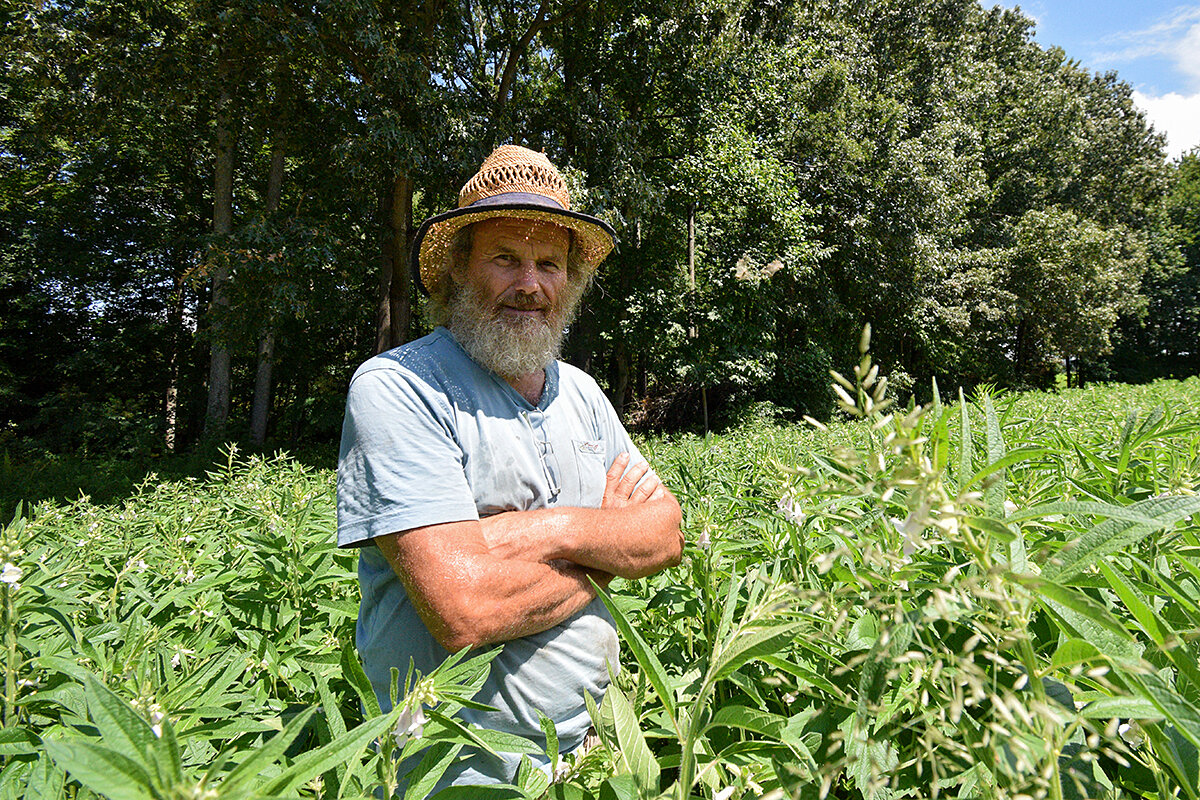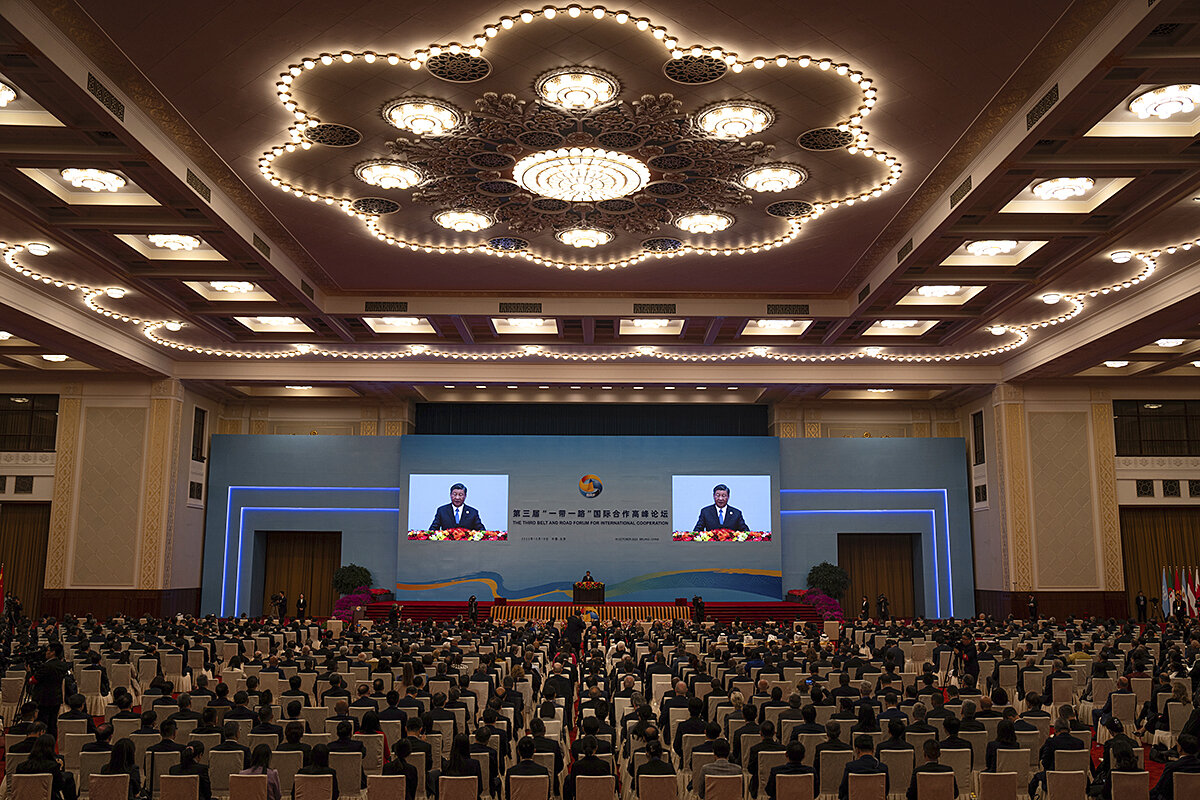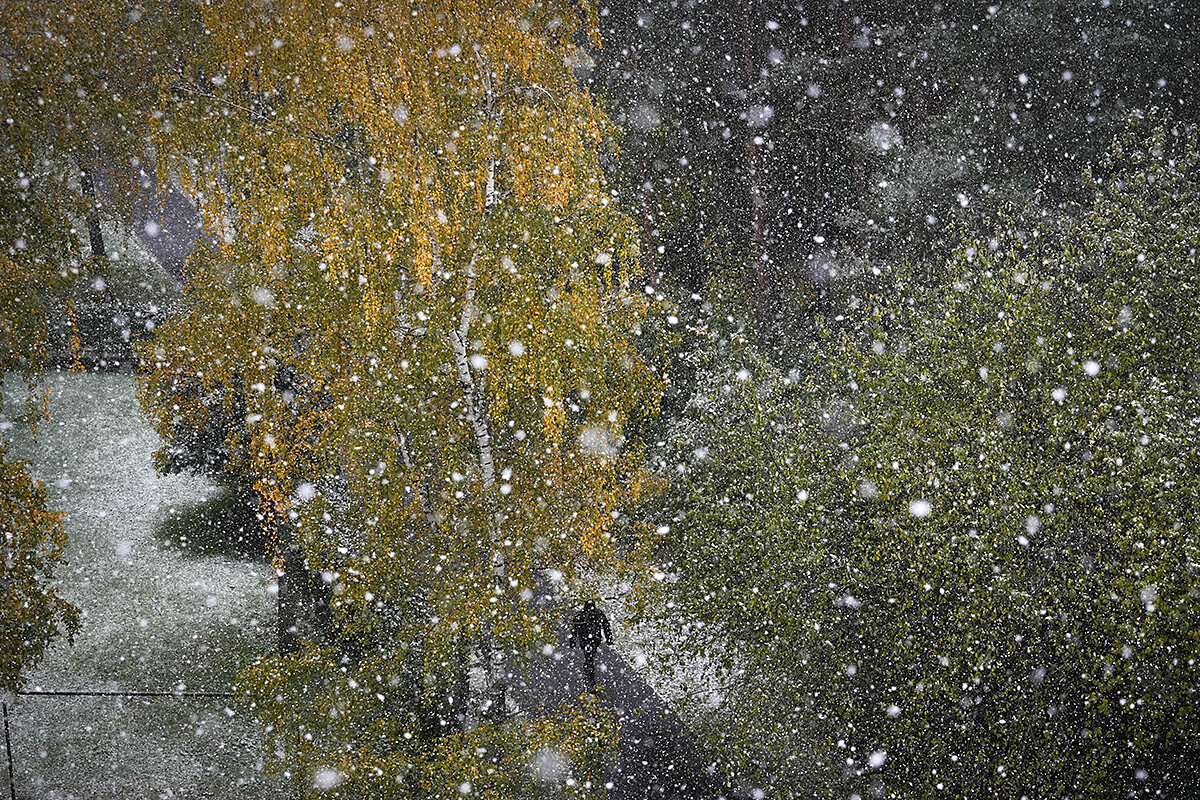From supplying soldiers to housing and feeding those displaced by the Hamas attack, Israeli civilians have mobilized at a moment of profound loss.
Monitor Daily Podcast
- Follow us:
- Apple Podcasts
- Spotify
- RSS Feed
- Download
 Peter Grier
Peter Grier
The lawyer behind the “kraken” has cracked. That could have knock-on effects for former President Donald Trump and co-defendants in the election subversion case in Fulton County, Georgia.
The attorney in question is Sidney Powell, who pleaded guilty on Thursday to six misdemeanor counts of election interference in Georgia, rather than face a trial on felony charges next week.
After the 2020 presidential vote, Ms. Powell filed election fraud lawsuits she called “kraken,” after the mythical sea monster. All were dismissed by the courts.
Along with Mr. Trump and 18 others, Ms. Powell was one of the targets of the sweeping racketeering case filed by Fulton County District Attorney Fani Willis in August. Now she could appear for the prosecution instead. As part of her plea deal, she has agreed to testify and turn over relevant documents in her possession.
In Georgia, Ms. Powell was charged with abetting the theft of election data from Coffee County. One key element of the trial will be establishing that activity and exploring whether anyone in the Trump White House was connected with this effort.
For a time, Ms. Powell was an insider in the Trump administration’s post-election effort to retain power. She was present at an Oval Office meeting on Dec. 18, 2020, in which then-President Trump considered appointing her a special prosecutor to investigate fraud allegations.
It is also possible she could appear as a witness in special counsel Jack Smith’s federal election interference case, set to begin on March 4, 2024.
“A plea to misdemeanor charges signals that prosecutors see high value in her testimony,” former U.S. Attorney Joyce Vance wrote Thursday on X, formerly known as Twitter.










